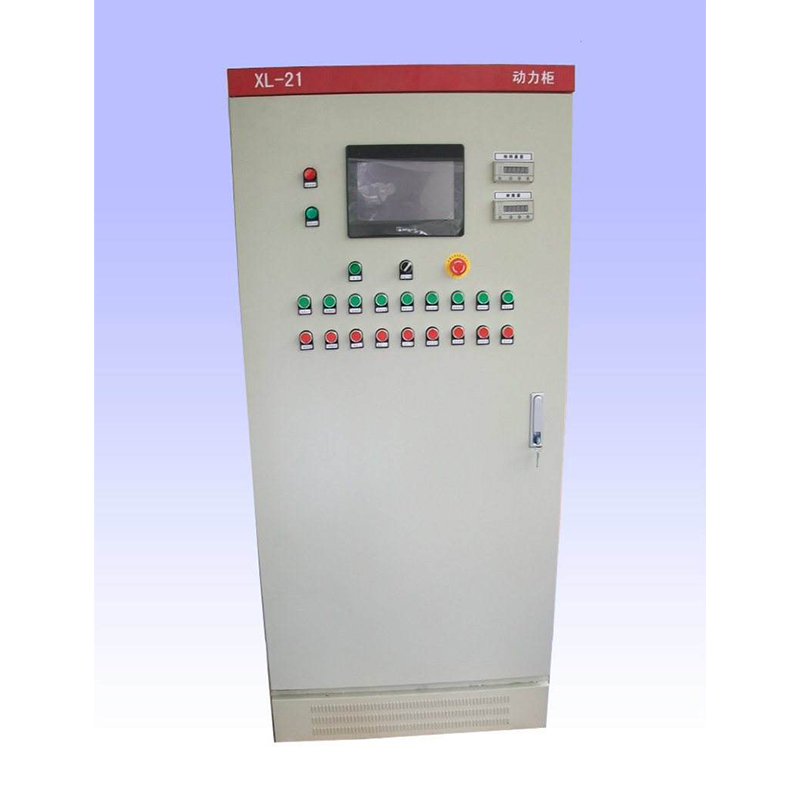
Nov . 10, 2024 12:55
Back to list
Pressure Vessel Design and Applications in Industrial Processes
Understanding Pressure Vessels An Overview
Pressure vessels are essential components in various industries, playing a crucial role in the storage and handling of gases and liquids at high pressures. These containers are designed to withstand significant internal pressure, ensuring safety and efficiency in processes ranging from chemical manufacturing to energy generation. This article explores the fundamentals of pressure vessels, their applications, and the regulations governing their design and usage.
What is a Pressure Vessel?
A pressure vessel is defined as a container specifically designed to hold gases or liquids under pressure. These vessels can be cylindrical, spherical, or other shapes, and they must be constructed from materials capable of withstanding the specific pressures and temperatures involved in their operation.
The design of pressure vessels is critical, as failure can lead to catastrophic consequences, including explosions and the release of hazardous materials. Engineers must consider factors such as the material properties, design temperature, pressure, and environmental conditions when creating these vessels.
Applications of Pressure Vessels
Pressure vessels are found in a wide array of industries
1. Chemical Industry They are used for storing and processing chemicals, facilitating reactions that require controlled pressure environments. 2. Oil and Gas In the oil and gas sector, pressure vessels are utilized for separating, storing, and transporting hydrocarbons and their by-products.
.
4. Food and Beverage Pressure vessels play a role in pasteurization and carbonation processes in the food industry, ensuring product safety and quality.
وعاء الضغط

5. Pharmaceuticals In the pharmaceutical sector, pressure vessels are utilized in processes that require sterile conditions or specific pressure control to ensure the efficacy of products.
Design and Safety Regulations
The design and construction of pressure vessels are governed by strict regulatory standards to ensure safety. The American Society of Mechanical Engineers (ASME) has established codes, such as the ASME Boiler and Pressure Vessel Code (BPVC), which outline the minimum requirements for the design, fabrication, and inspection of pressure vessels.
These regulations cover various aspects, including
- Material Selection Appropriate materials must be chosen based on the contents of the vessel and operating conditions.
- Design Calculations Engineers must perform precise calculations to ascertain the vessel's ability to withstand the anticipated pressure and thermal loads.
- Quality Control The manufacturing process must include rigorous quality control measures to detect any defects during construction.
- Inspection and Maintenance Regular inspections and maintenance are vital to ensure the ongoing safety of pressure vessels. This can involve non-destructive testing methods to ascertain structural integrity without damaging the vessel.
Conclusion
Pressure vessels are indispensable in modern industrial applications, where they facilitate various processes involving high pressures. Their design and operation are governed by stringent safety regulations to prevent accidents and ensure public safety. As technology advances, the materials and methods used in pressure vessel construction continue to evolve, promising even greater safety and efficiency in the future. Understanding these vessels' importance, applications, and safety requirements is essential for anyone involved in industries that rely on high-pressure systems.
Latest news
-
Safety Valve Spring-Loaded Design Overpressure ProtectionNewsJul.25,2025
-
Precision Voltage Regulator AC5 Accuracy Grade PerformanceNewsJul.25,2025
-
Natural Gas Pressure Regulating Skid Industrial Pipeline ApplicationsNewsJul.25,2025
-
Natural Gas Filter Stainless Steel Mesh Element DesignNewsJul.25,2025
-
Gas Pressure Regulator Valve Direct-Acting Spring-Loaded DesignNewsJul.25,2025
-
Decompression Equipment Multi-Stage Heat Exchange System DesignNewsJul.25,2025

